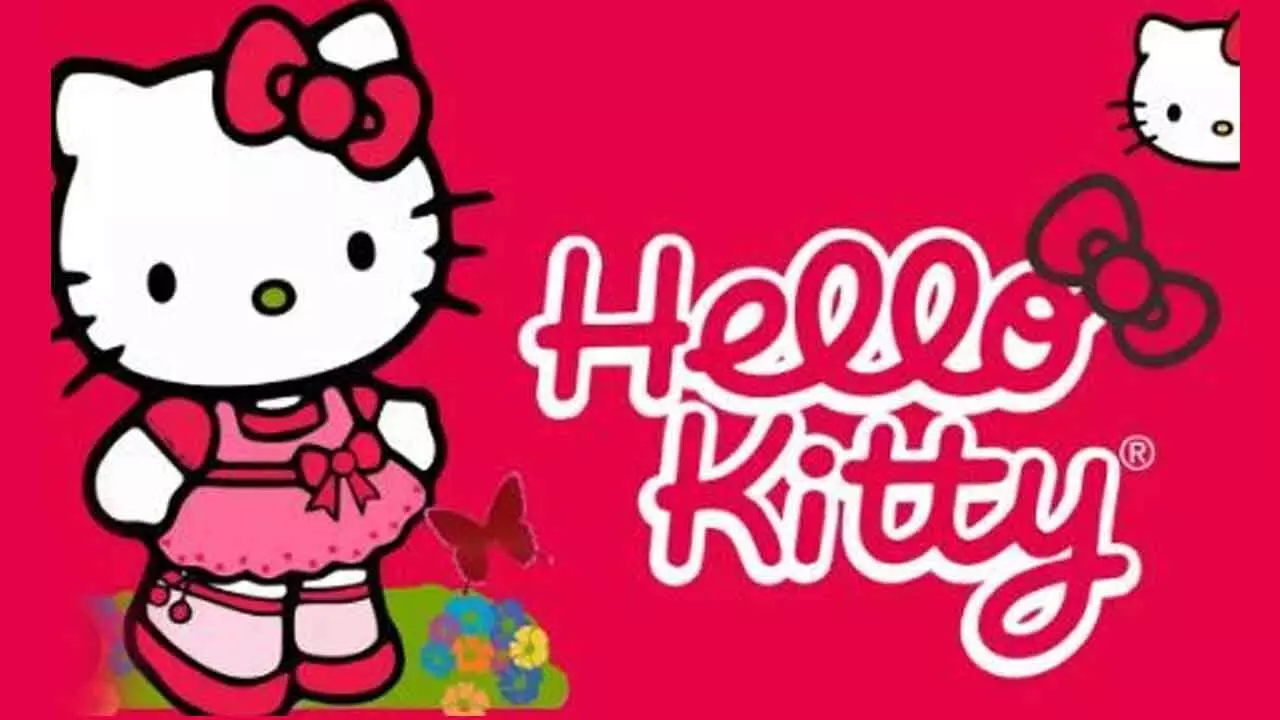From Coin Purse To Global Empire: How Hello Kitty Became $4 Bn Brand
Hello Kitty: 50 Years of Timeless Charm and Business Brilliance. As Sanrio diversifies its character portfolio, Hello Kitty remains a key player, reminding us that sometimes, less really is more
From Coin Purse To Global Empire: How Hello Kitty Became $4 Bn Brand

Hello Kitty doesn't look her age. And despite recently turning 50, she is showing no signs of slowing down. In 2025, the Japanese character – worth around US$4 billion (£3.1 billion) a year to the company that owns her – is due to star in a live-action movie. A new amusement park and resort are also planned.
Her 50th year has been celebrated at events in Japan, Singapore, the US and the UK, where she received a birthday message from King Charles at a state banquet in Buckingham Palace. Quite the party then, for a character with two black-dotted eyes, no mouth and a yellow button nose. Designed in 1974 by Yuko Shimizu (who is not believed to have made much money from her creation), Hello Kitty first appeared on a clear, vinyl coin purse – and has since grown into a merchandise empire consisting of over 50,000 different items sold across 130 countries.
Hello Kitty's longevity is partly down to her inherent simplicity. In terms of design, she is composed of a few basic shapes, six short marks for whiskers, and a red bow. She is easy to recognise and cheap to reproduce. The character also epitomises “Kawaii”, the Japanese term for cute.
According to Professor Joshua Dale, a pioneer in the field of “cuteness studies”, perceiving objects as cute triggers psychological instincts for care and protection. With Hello Kitty, children relate to the small, rounded character as being safe. Like others (see Winnie the Pooh, Mickey Mouse and many, many more), she provides a sense of innocence and comfort, which attracts fans from an early age – and continue into adulthood among those longing for nostalgia. Part of this comes down to people's abiding enthusiasm for anthropomorphism – the notion of endowing animals and other non-humans with human-like characteristics. Some would argue that this is also a key element of the infantilisation of society more generally. Hello Kitty also has an easily relatable storyline that resonates with consumers. According to her biography, Hello Kitty – full name Kitty White – is a cheerful little girl (so officially not actually a cat) who lives in the suburbs of London with her family.
She is described as being “five apples tall” and “three apples” in weight. She apparently loves to bake cookies, and her other hobbies include travelling, listening to music and making new friends. Corporate kitty But away from the baking and friend-making, Hello Kitty has a very serious business side to her character. Sanrio, the Japanese firm that owns her, has employed some astute strategies to build and sustain such a successful brand. Collaborating with other firms has been a big part of this. In 1996, Sanrio launched began its first collaboration with an electronics retail chain in Hong Kong.
But things really developed three years later when the company joined up with McDonald's to offer a Hello Kitty meal deal. The promotion started a craze in Hong Kong with similar success in Taiwan, Japan and Singapore – where the launch in 2000 led to massive queues and even fights. Customers reportedly threw away the hamburgers as they were only interested in the special edition wedding design toy set featuring Hello Kitty and her boyfriend Dear Daniel.
(The writer is a Professor of Marketing, Royal Holloway University of London)

